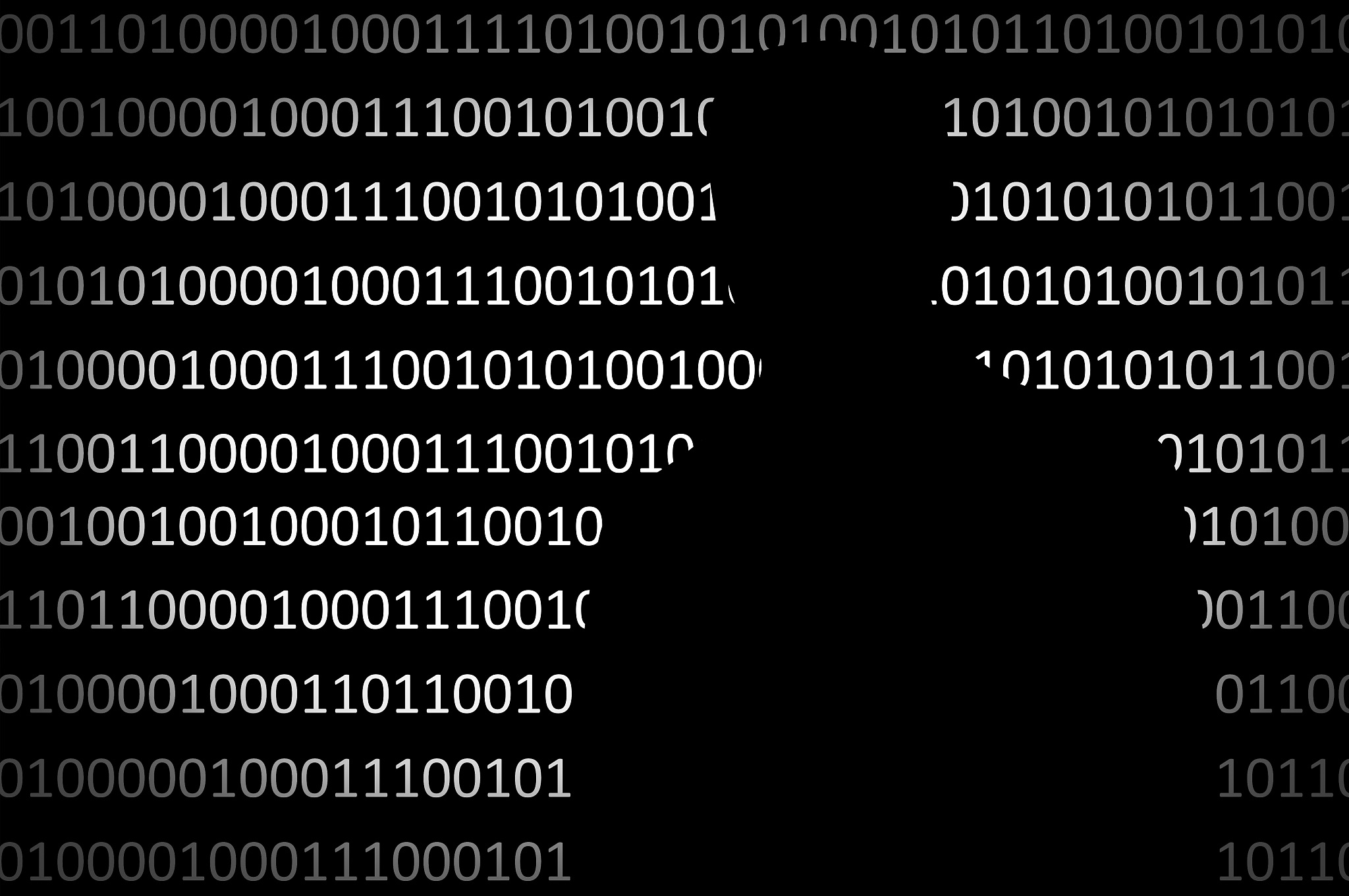Java: 最短畅通路径 - 二进制矩阵
Java: 在二进制矩阵中寻找最短畅通路径
在这篇文章中,我们将解决一个常见的面试算法问题:在一个 n x n 的二进制矩阵 grid 中,找到从左上角到右下角的最短畅通路径的长度。如果不存在这样的路径,则返回 -1。
问题描述:
在二进制矩阵中,'畅通路径'需要满足以下条件:
- 路径上的所有单元格的值都为 0。2. 路径中所有相邻的单元格必须在 8 个方向之一上连接(水平、垂直或对角线)。
路径的长度定义为该路径经过的单元格总数。
解题思路:
我们可以使用广度优先搜索(BFS)算法来有效地解决这个问题。BFS 算法从起点开始,逐层向外扩展,直到找到终点或探索完所有可能的路径。
算法步骤:
- 创建一个队列来存储待探索的单元格。2. 将起点 (0, 0) 加入队列,并将其标记为已访问。3. 初始化路径长度为 1。4. 当队列不为空时,执行以下操作: - 从队列中取出一个单元格。 - 如果该单元格是终点 (n-1, n-1),则返回当前路径长度。 - 否则,探索该单元格的 8 个相邻单元格。 - 对于每个有效的相邻单元格(值为 0 且未被访问过): - 将其标记为已访问。 - 将其加入队列。5. 如果队列为空且未找到终点,则表示不存在畅通路径,返回 -1。
**Java 代码实现:**javaimport java.util.LinkedList;import java.util.Queue;
public class ShortestPathInBinaryMatrix {
public int shortestPathBinaryMatrix(int[][] grid) { int n = grid.length; if (grid[0][0] == 1 || grid[n - 1][n - 1] == 1) { return -1; // 起点或终点不可达 } int[][] directions = {{-1, -1}, {-1, 0}, {-1, 1}, {0, -1}, {0, 1}, {1, -1}, {1, 0}, {1, 1}}; boolean[][] visited = new boolean[n][n]; Queue<int[]> queue = new LinkedList<>(); queue.offer(new int[]{0, 0}); visited[0][0] = true; int pathLength = 1; while (!queue.isEmpty()) { int size = queue.size(); for (int i = 0; i < size; i++) { int[] curr = queue.poll(); int row = curr[0], col = curr[1]; if (row == n - 1 && col == n - 1) { return pathLength; } for (int[] dir : directions) { int newRow = row + dir[0]; int newCol = col + dir[1]; if (newRow >= 0 && newRow < n && newCol >= 0 && newCol < n && grid[newRow][newCol] == 0 && !visited[newRow][newCol]) { queue.offer(new int[]{newRow, newCol}); visited[newRow][newCol] = true; } } } pathLength++; } return -1; // 未找到路径 }
public static void main(String[] args) { ShortestPathInBinaryMatrix solver = new ShortestPathInBinaryMatrix(); int[][] grid = {{0, 1, 0}, {0, 0, 0}, {1, 0, 0}}; int shortestPath = solver.shortestPathBinaryMatrix(grid); System.out.println('最短畅通路径长度: ' + shortestPath); }}
时间复杂度: O(n^2),其中 n 是矩阵的边长。在最坏情况下,我们需要访问所有单元格一次。
空间复杂度: O(n^2),主要用于存储队列和访问标记数组,空间复杂度与矩阵的大小成正比。

原文地址: https://www.cveoy.top/t/topic/fW9w 著作权归作者所有。请勿转载和采集!